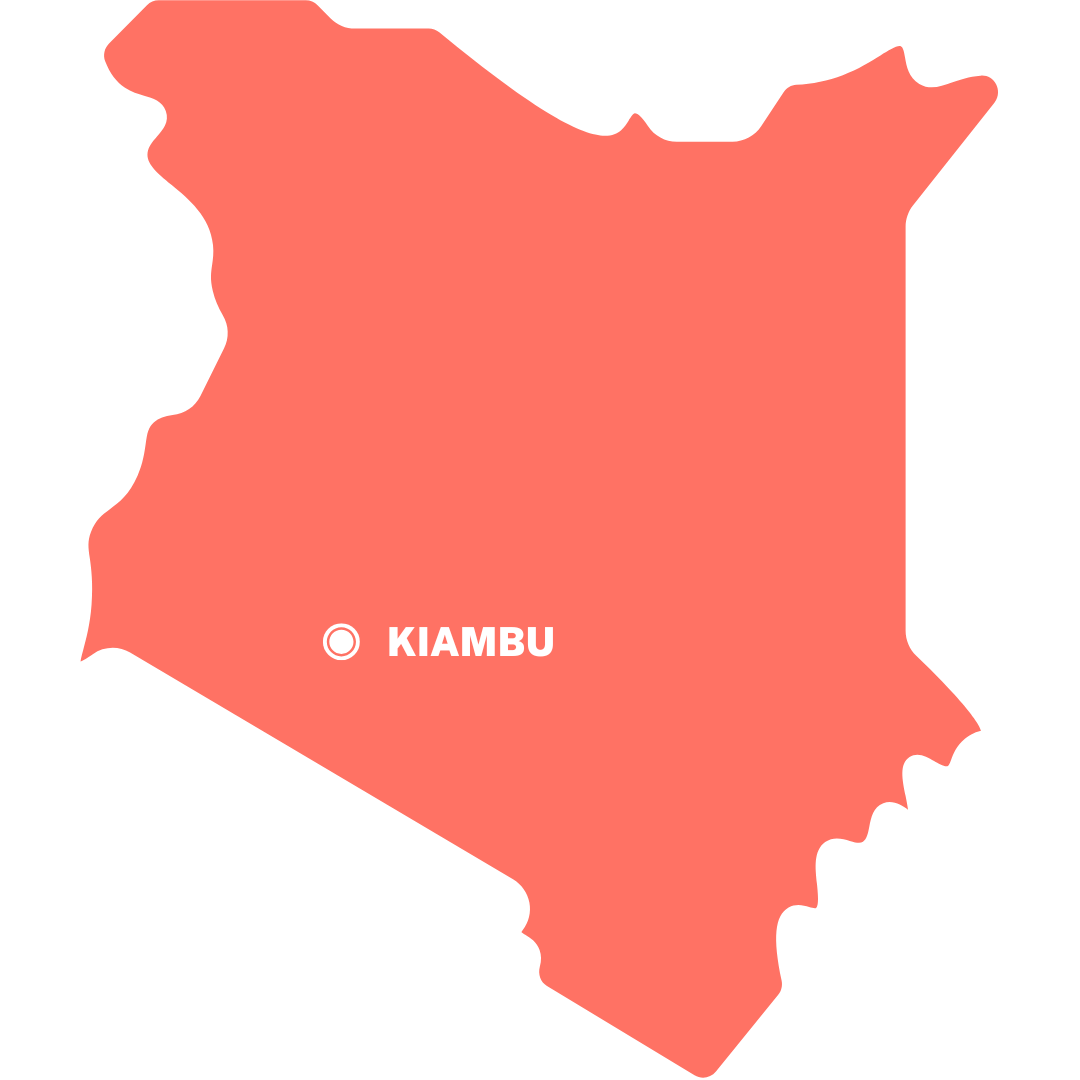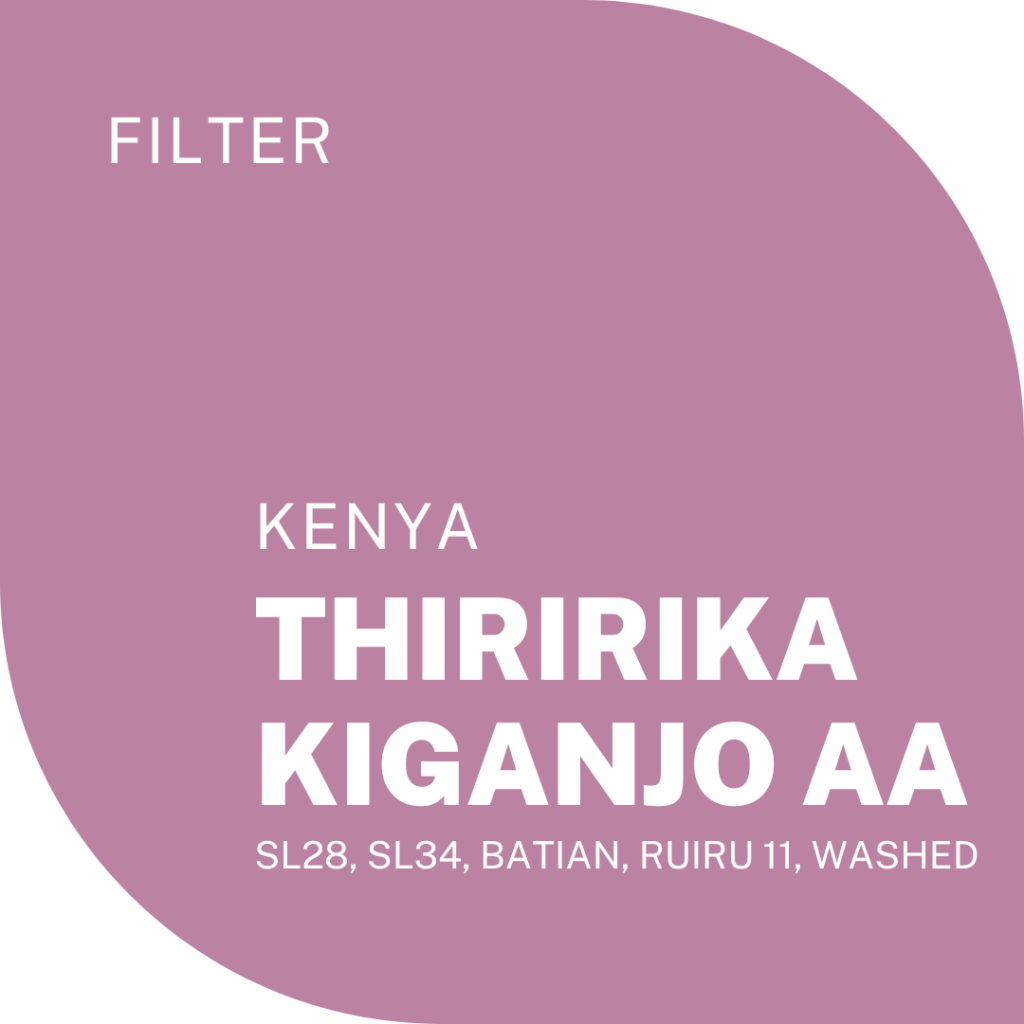Coffee Recipe
Coffee: 18 g
Water: 270 ml at 95°C
Water TDS: 50 mg/l
Grind size: 650 μm (similar to sea salt)
Blooming: 30 seconds
Total extraction time: 2 minutes 30 seconds
BREWING IN 5 STEPS
Prepare the filter
Place a paper filter in the V60 dripper and rinse it thoroughly with hot water. This removes any papery taste and preheats the brewer. Discard the rinse water.
Add the coffee
Pour 18 g of medium-ground coffee (grind size similar to sea salt) into the rinsed filter. Make sure the coffee bed is evenly leveled.
Bloom – first pour
Begin brewing with 50 ml of hot water. Pour slowly, starting in the center and moving outward toward the edges. Wait 30 seconds to allow the coffee to degas (bloom).
Main pour – second pour
At 30 seconds, continue by adding 110 ml of water. Pour in slow, circular motions, starting in the center, moving outward to the edges, and back to the center. Ensure the entire coffee bed is evenly saturated.
Final pour – third pour
At 90 seconds, add the remaining 110 ml of water using the same pouring pattern—start in the center, move outward toward the edges, and back to the center.
The full pour should be finished at around 2 minutes 30 seconds.
kenya
Thiririka Kiganjo AAsl28, sl34, batian, ruiru 11, mokriA cup reveals a classic Kenyan profile – rich juiciness with dominant notes of blackcurrant, red gooseberry, and peach. Delicate floral nuances are complemented by vibrant, complex acidity, a medium-full body, and a long, fruity aftertaste.
Whole beans I Weight: 250g
Price
16,90 €
Quantity
NAROČNINA - 10% popustVAT included
A cup reveals a classic Kenyan profile – rich juiciness with dominant notes of blackcurrant, red gooseberry, and peach. Delicate floral nuances are complemented by vibrant, complex acidity, a medium-full body, and a long, fruity aftertaste.
Whole beans I Weight: 250g
Price
16,90 €
Quantity
VAT included
Specifications
Taste profile
blackcurrant, peach, floral
Aroma
Roasting profile
Optimum quality
Store coffee in a cool, dry place. For optimum quality, use within 7 days after opening the bag.
Make coffee at home
V60
CHEMEX
Coffee Recipe
Coffee: 18 g
Water: 270 ml at 95°C
Water TDS: 50 mg/l
Grind size: 700 μm
Blooming: 30 seconds
Total extraction time: 2 minutes 45 seconds
Brewing Method
Rinse the filter
Place a paper filter in the Chemex and rinse it thoroughly with hot water (to remove any papery taste and preheat the vessel). Discard the rinse water.
Prepare the coffee
Add 18 g of ground coffee (grind size similar to table salt) into the filter and level the coffee bed.
Blooming
Pour 70 g of water evenly over the coffee bed. This pour should take 15–20 seconds. Allow the coffee to bloom until the total time reaches 40 seconds.
Main pour
At 40 seconds, add the remaining 200 g of water in two stages:
First 100 g: Pour in circular motions over 15 seconds, then wait until the water almost drains completely.
Second 100 g: Add the last portion with the same rhythm and pouring pattern. The pouring process should be completed at around 2 minutes.
Finish extraction
The total extraction time should not exceed 3 minutes. Once all the water has passed through, the coffee bed should appear smooth and level – a sign of even extraction.
COLD BREW
Coffee: 100 g
Water: 1000 g
Water temperature: 8–12 °C
Extraction time: 8 hours
Water TDS: 90 mg/l
All of our coffees are suitable for all methods, but in our opinion this coffee is best expressed by the methods recommended below. Click on the icon to brew your coffee according to the recipe.
Information about coffee
The story of coffee
Estate and Cooperative
In the heart of Kiambu County, Kenya, the Thiririka Farmers Cooperative Society (FCS), established in 1969, has been thriving for decades. More than just a cooperative, it is the largest association of coffee growers in the region and a true backbone of the local community.
Thiririka FCS unites over 2,600 smallholder farmers, each cultivating around 250 coffee trees on plots of less than one hectare. Together, they manage three major factories – Githembe, Kiganjo, and Ndundu – which serve as central hubs for coffee cherry processing.
Among them, Kiganjo Factory stands out. Located near the town of Gatundu, it benefits from a combination of high altitude, stable temperatures, and well-distributed rainfall – ideal conditions for producing high-quality coffee. Kiganjo is particularly crucial during the drying phase, ensuring stable and secure conditions that preserve the beans’ complex aromas.
Varieties
The farms around Kiganjo cultivate Kenya’s most distinctive varieties:
SL28 – celebrated for its exceptional sweetness, clean fruit notes, and balanced acidity.
SL34 – valued for its depth, rich body, and cup stability.
Batian – a newer, disease-resistant hybrid that retains remarkable flavor complexity.
Ruiru 11 – another resilient variety, contributing consistency in both yield and cup quality.
The combination of these varieties results in the classic Kenyan profile – juicy, intense, and layered with remarkable complexity.
Processing Method: Fully Washed
Kenya is globally renowned for its fully washed method, which highlights clarity, brightness, and aromatic complexity.
Harvesting – Coffee cherries are handpicked at peak ripeness.
Floatation and sorting – Cherries are floated in water to remove underripe and damaged beans.
Fermentation – After depulping, the beans ferment in tanks for 12–24 hours, depending on conditions, as enzymes break down the mucilage.
Washing and soaking – The beans are thoroughly washed in fresh water and then soaked again to enhance vibrancy and acidity.
Drying – Finally, the beans are slowly dried on raised African beds for up to 21 days, until they reach the ideal moisture content of 10–12%.
This carefully designed process delivers coffee with a strikingly clean aroma, bright acidity, and refined sweetness.
Grower
Thiririka Farmers Co-operative
Estate
Thiririka Farmers Co-operative
Microlocation
Kiambu, Kenya
Altitude
1800 metre
Country
kenya

